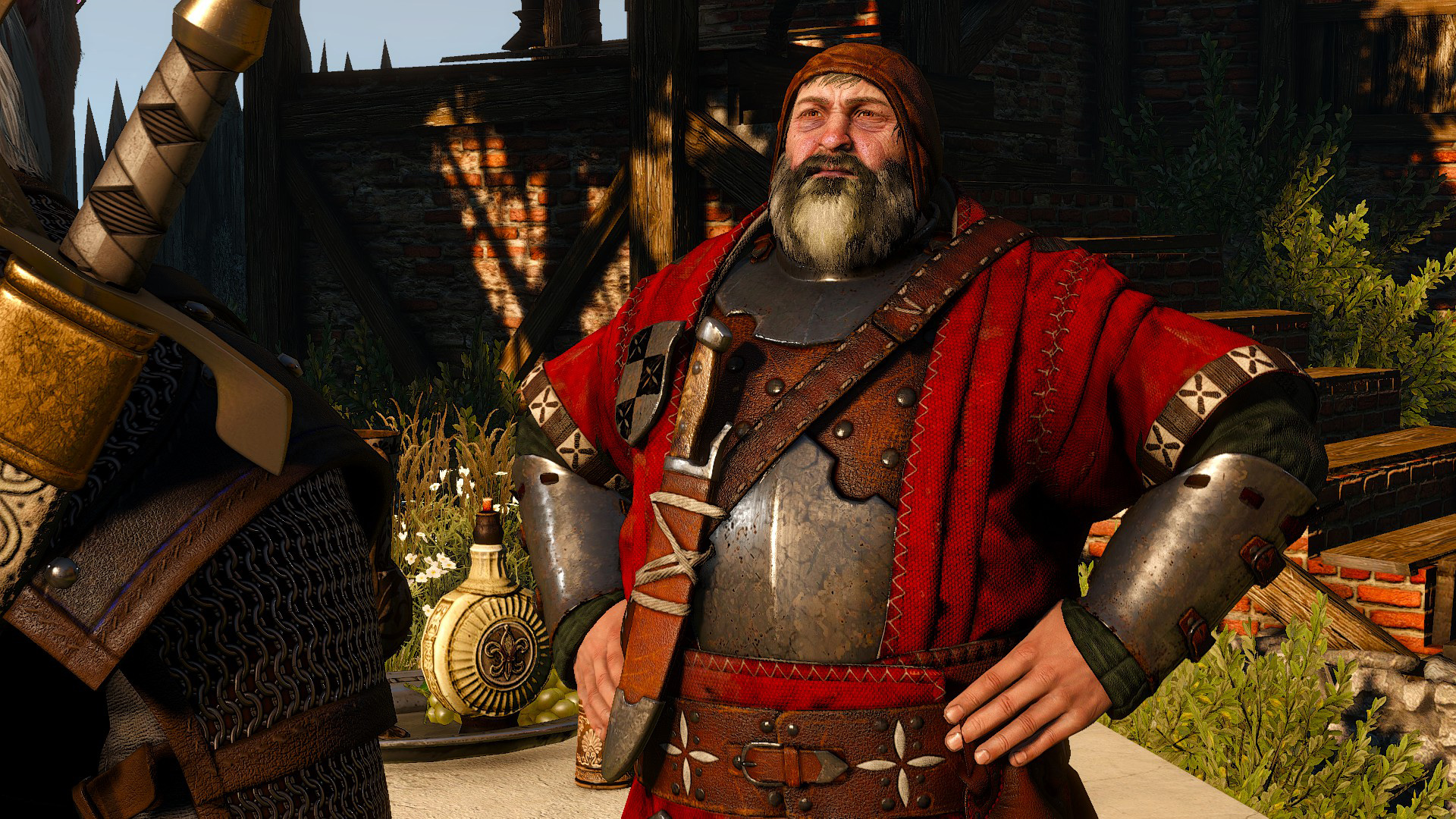
A certain Crow's Perch quest has been widely regarded as The Witcher 3's very best, and according to one of the game's most prolific quest designers, it took a lot of trial and error to get that way.
Funnily enough, the process all starts in a relatively late-game area. "Almost the earliest quest that we made is the quest with the ice giant in Skellige," CD Projekt Red's Pawel Sasko told Flow Games in an interview. Sasko uses this mission, the Lord of Undvik, as an example of a narrative design method known as "deconstruction, where you break things into pieces and try and work out how the theme and genre work together.
"You will see that this quest is a bit different than others. The way it's structured sends you on this side quest on this island," Sasko says of the quest-within-a-quest shape. "Stylistically, as a designer, I immediately feel it's different. That quest was one of the first quests we actually worked on for The Witcher 3, trying to figure out the formula of what is a Witcher quest?"
Putting the relative linearity of The Lord of Undvik alongside the twisting nature of The Bloody Baron, the two missions don't immediately appear too similar. But that's where another classic Skellige mission comes into play, and it's one of my personal favorites.
The Heart of the Woods, aka the Leshen quest, marked another formative moment for CDPR. "That quest, stylistically, is slightly different to others quests in The Witcher. It was a discovery for us," says Sasko. "At first we did the Ice Giant as a team, and we were like 'this is kind of it, but not really what we want to do.' So you make another one, and another one, and another one, and eventually you are like, 'ok, this is it, that's the way that this quest should be made.' And for me that was The Bloody Baron. That was the quest where I felt, as a designer, that I knew what a Witcher quest was."
The narrative shape of The Bloody Baron and Heart of the Woods exemplify what The Witcher is all about: tough choices and dire consequences. But Sasko isn't ashamed to admit that he's not partial to all of the quests in The Witcher 3. Rather, this feeds a cycle of learning and adaptation that spilled over to Cyberpunk 2077.
"If you play The Witcher 3 very analytically, you will see that we didn't always hit all of those high notes," he explains. "There are quests that are not that great, and we're very much aware of that. And that was the same case for Cyberpunk [...] but even in Cyberpunk, even though we had all of that experience from The Witcher 3, there were so many new things that we wanted to do that there are always new traps that you fall into as a developer, as a designer."
Here's everything we know about The Witcher 4: Polaris, the new generation of RPGs set in and around The Continent.







